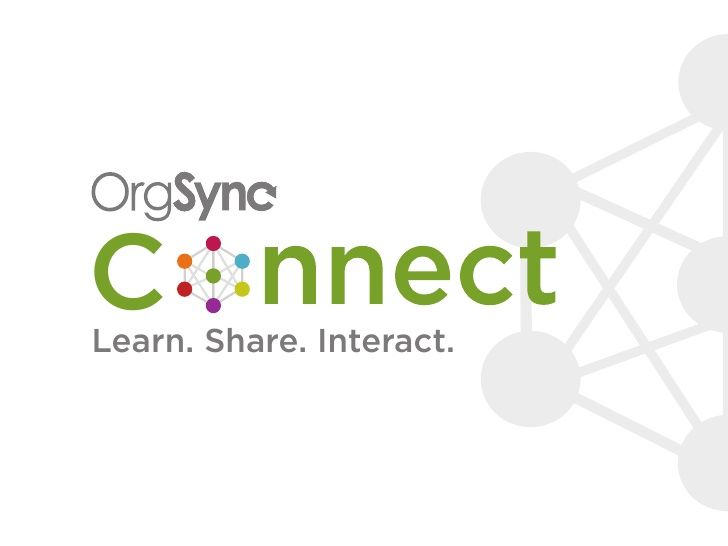Two and a half years ago, Furman University changed its email client from First Class to Microsoft Outlook. During this switch, Furman subscribed to OrgSync, an online program that allows for group organization and messaging, to offset some of the services lost when switching email clients.
At its best, virtual technology connects people and simplifies basic tasks. At its worst, virtual technology can separate, regulate, disconnect, and complicate what should be simple tasks. Now, during the three-year review of Furman’s use of the program, is the time to move Furman’s utilization of OrgSync from the latter end of the spectrum to the former.
Keeping up with technology is a Sisyphean task, and this should not be the goal of the technology services offered at Furman. Instead, the goal should be function and the elimination of redundancy, emphasizing use and effectiveness. In this light, having separate programs for organizations and electronic communication can be onerous and unnecessarily complicated. Regrettably, OrgSync in use is too often onerous and unnecessarily complicated, especially in light of the forum system offered by First Class, which gave each student organization its own space directly connected to the email client itself, making communication between members of an organization an organic part of the university electronic messaging system. OrgSync, a program separate from Microsoft Outlook, does not offer this convenience.
Too many different organizations maintain a nominal presence on OrgSync while actually using other services and web clients to communicate and meaningfully connect to other members of the organization. Some organizations reproduce messages and information to students on OrgSync for the benefit of oversight, recognizing the redundancy of messages through OrgSync by following the prescribed rules for organizations. Other organizations do not even bother to utilize OrgSync for the regular functions of communication and organization. As it stands, the inconvenience of OrgSync outweighs the benefits, and tying Student Government funding to its use forces organizations to make use of an otherwise redundant program to play institutional politics.
In selecting the programs and services Furman uses, various considerations — cost, maintenance, licenses, training, compatibility with devices — factor into the decision-making process. However, the existing implementation of services, specifically the requirement that student organizations use OrgSync to receive funding and recognition from the Student Government Association, serve to complicate what should be simplified by technology. Furman should move away from OrgSync toward a technology service that combines better email and organizational programs, or better communicate to student organizations how they can better integrate the benefits offered by OrgSync into other technological services.

































